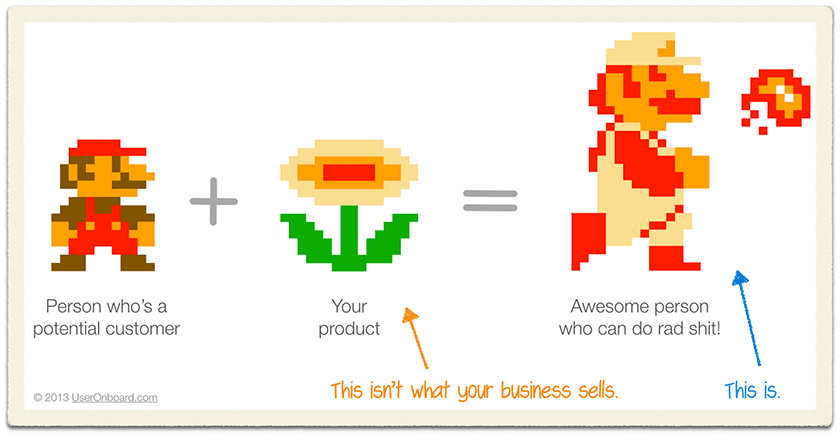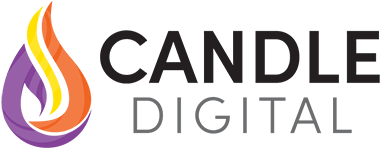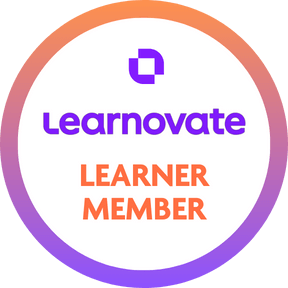How to price online training

It’s tough to know how to price an online learning offering, especially if this is your first online product.
Having worked with many training providers who have taken their expertise online, we’ve identified four key factors that will influence the price you choose. Once you understand these, you’ll be far more informed to select an optimum pricing strategy.
Factor #1: The size of the ‘leap’
The degree of change you promise (and deliver) will influence the value you offer and can price for.
For example, your online training may provide the learner with the chance to refresh their knowledge in a particular subject area, such as the latest thinking on leadership. It will add to someone’s knowledge, but it’s not going to change their role significantly.
The next step up could be getting re-accredited for a qualification. The person may know the subject area well, but they must update their knowledge and demonstrate this to retain their certification.
Perhaps the most significant leap is one that is going to have a dramatic change. Your intervention could lead to a change in a person’s wellbeing, their career trajectory, or indeed change their choice of career entirely.
In essence, the larger the leap, the more potential there is for a higher price.
Remember is that your marketing should reflect the transformation you are powering, rather than the product you are selling:

(Credit – UserOnboard)
Factor #2: The quality and involvement of your offering
While we argue that value-based pricing (as per the ‘Mario’ example above) is a more effective pricing strategy than cost-based pricing (where you add a margin to your costs), you should still consider what it will take to deliver the training.
At one end of the scale would be an entirely self-study online learning product. This is the most common online course format and requires little to no ongoing involvement from you and your team.
You could increase your involvement with access to a guided community and regular drop-in webinars. In this scenario, you are not providing one-to-one support to learners, but you are committed to supporting the process.
At the top-end, you may offer one-to-one coaching sessions, direct access to other experts and a wealth of resources available beyond the core training materials. It’s not unreasonable that a highly tailored and involved experience will command a higher price than a self-study online course.
Note that the perverse nature of pricing can also result in better outcomes for the learner. One of the biggest challenges with online learning is acquiring and retaining attention. Yet put your pricing up (where the learner has made a more considerable investment), and you could see an uptick in motivation, engagement and completion rates.
Pro-tip: It’s increasingly common to offer a sliding scale of products, such as gold, silver or bronze packages, reflecting the inclusions we’ve outlined above. This would allow you to provide different prices to different audiences who may want a package that reflects their budget, support and involvement.
Factor #3: Willingness to pay
Before you even design your online training, it’s worthwhile considering some critical questions about your market. What’s the likely demand for your training? What’s their budget? Who will be paying – will it be the learner themselves, or will they have a sponsor (e.g. their employer)? Can you find out how much they typically spend on self-improvement, credentials and solving their challenges?
Information products (also called ‘tripwire’ products) are a good way of testing appetite and help identify those willing to pay for an entry-level product. This could be a downloadable PDF or a series of videos. This purchase would be the first step on their product ladder to a higher-value purchase later.
If you’ve designed online training that requires a high price, but your learners don’t have the budget for it, you’re in trouble. To be successful, you’re trying to achieve product-market fit, and the price you charge will be a factor in this.
Factor #4: Competition
Of course, one way to benchmark your price is to look at what your competition is doing. While we wouldn’t advocate solely basing your price around competition, it can give you a valuable indicator of the window you’ve got.
Naturally, your pricing may be different within this framework, depending on your proposition. Price is an indication of quality (rightly or wrongly), so don’t just assume you should undercut to attract demand – it could be the other way round.
It may also be worth looking at indirect competition and where a potential customer spends their time and money. If you are selling into an organisation, they may be considering ploughing funds into a new CRM rather than upskilling their team. Individual learners may be put off by the time commitment and instead buy a book. These aren’t comparable products, but we’d be foolish to assume they don’t influence the decision-making process.
A final point: If you offer face-to-face training as an alternative to your online training, consider your pricing strategy carefully. Most training companies provide online training at a similar or lower price – but if the outcome is the same, why do this? If you do, you’re already setting the expectation that it produces weaker results. It may be that the market assumes your online learning product should be at a lower price – but test this first.
—
So as you can see, there are several different factors involved in deciding your pricing. To help make a decision, you need to have a strong understanding of your market, the competition and the product you will be offering. Once you have a pricing strategy, test and refine till you hit your sweet spot.
At Candle Digital, we don’t just develop fantastic online learning. We help commercial training providers identify the right approach for them, deliver this, and maximise their opportunities. If you think we could help your training business, book your free discovery call now!
Fresh Insights Direct to Your Inbox
Enjoyed this article?
Join the Candle Digital Mailing List
You’ve Mastered Your Craft. Now Scale It.









